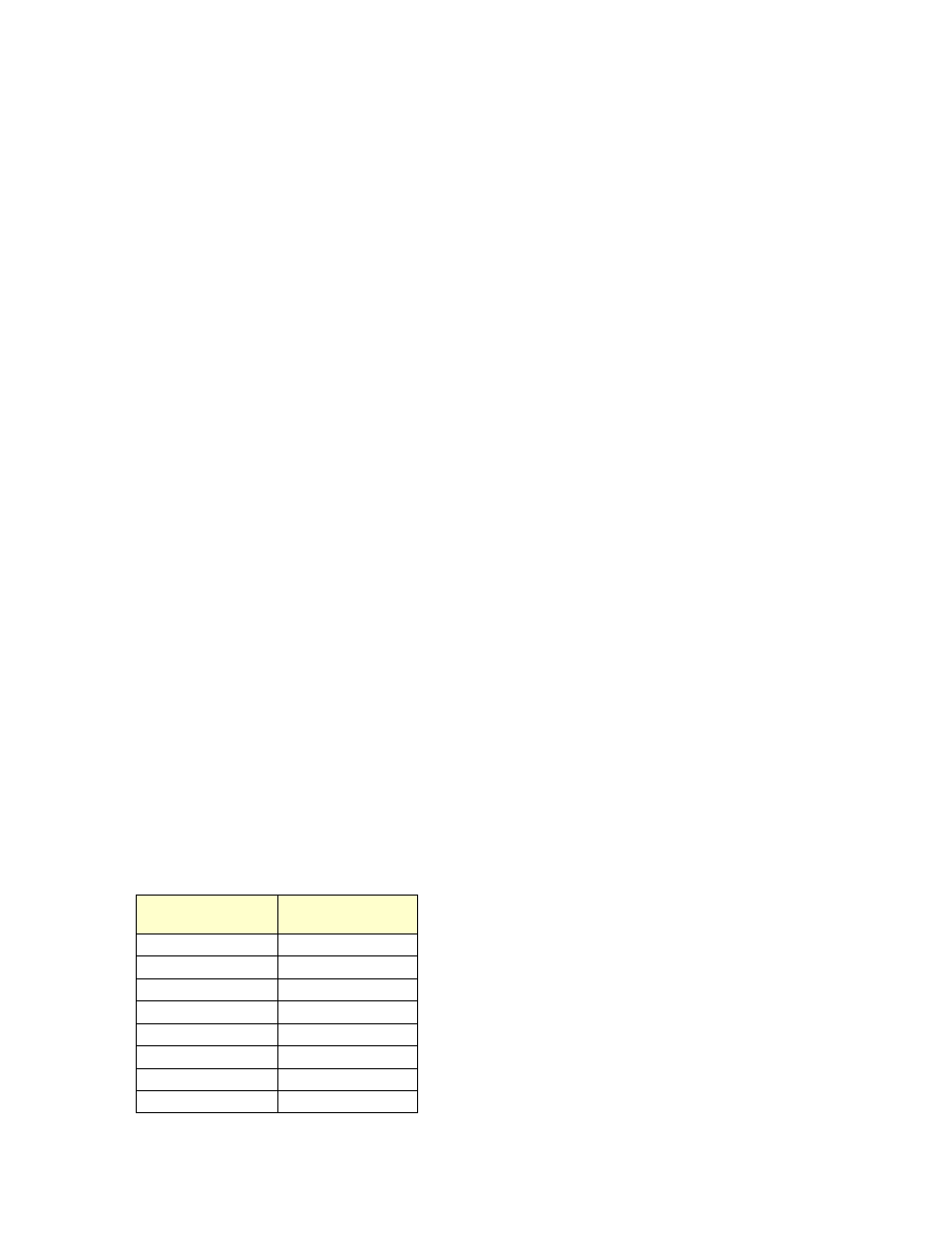Estimate hvac system energy loss from ducts, Duct air leakage measurements, Methodology – Retrotec DucTester 200 Series Residential Applications User Manual
Page 59

Page 59 of 91
©Retrotec Inc. 2015
10. Estimate HVAC system energy loss from ducts
10.1
Duct Air Leakage Measurements
In this section, you will learn a simple method for estimating HVAC system losses through field
measurements of duct air leakage. Assumptions must be made about the HVAC and duct systems
(including system airflow, operating pressure in the ductwork, supply and return breakdown of leakage,
and energy loss penalty from supply and return leaks) to estimate the annual energy loss for heating or
cooling in the climate in question.
This estimation technique must be used with caution, as duct leakage loss calculations are extremely
complex, and many assumptions are being made in order for the estimation to work. The leakage rate
determined using the following air leakage procedure may differ from actual operating conditions. This
simple model should not be used for research purposes, program design or impact evaluations, as more
sophisticated duct leakage loss models are available and more accurate.
To use software to perform the simple methodology below, refer to section 7.
10.2
Methodology
Complete a “Duct leakage to outside” test
Record the leakage rate in CFM at 25 Pa (CFM25).
Determine the CFM25 multiplier for average operating pressure
It has been assumed that 25 Pa is a representative pressure for leaks in the duct system under normal
operating conditions. However, if you have evidence to suggest that another pressure would better
represent leaks under normal conditions, this can be modified. Use the following table to adjust CFM25
for different average operating pressures.
During normal (average) operating conditions, duct pressures can vary greatly. They are much more
stable during a duct leakage test. Use separate multipliers for the return and supply ducts, respectively
(as necessary).
Definitions:
Average Operating Pressure: 25 Pa is a representative pressure for leaks in the duct system under
normal operating conditions. However, if you have evidence to suggest that another pressure would
better represent leaks under normal conditions, this can be modified.
Pressure Multiplier is a factor applied to calculate the Loss Factor, based on the normal Average
Operating Pressure.
Table 6: CFM25 multipliers for average operating pressures. Multiplier for CFM25 = (Avg. Operating Pressure/25)0.60
Average Operating
Pressure (Pa)
Multiplier for
CFM25
5
0.38
10
0.58
15
0.74
20
0.87
25
1.00
30
1.12
35
1.22
40
1.33
